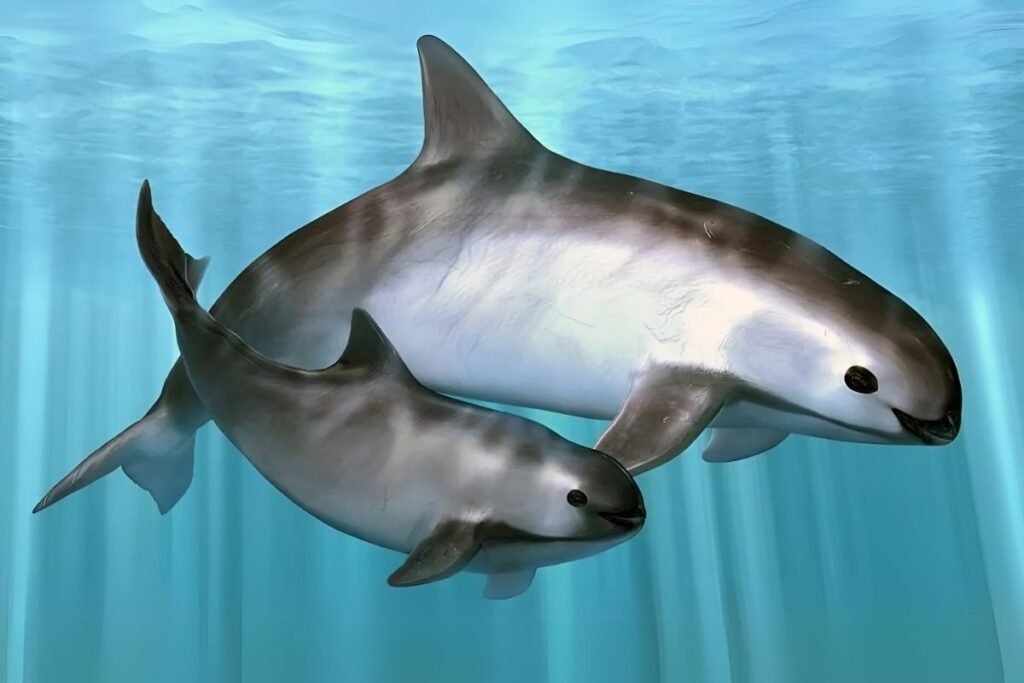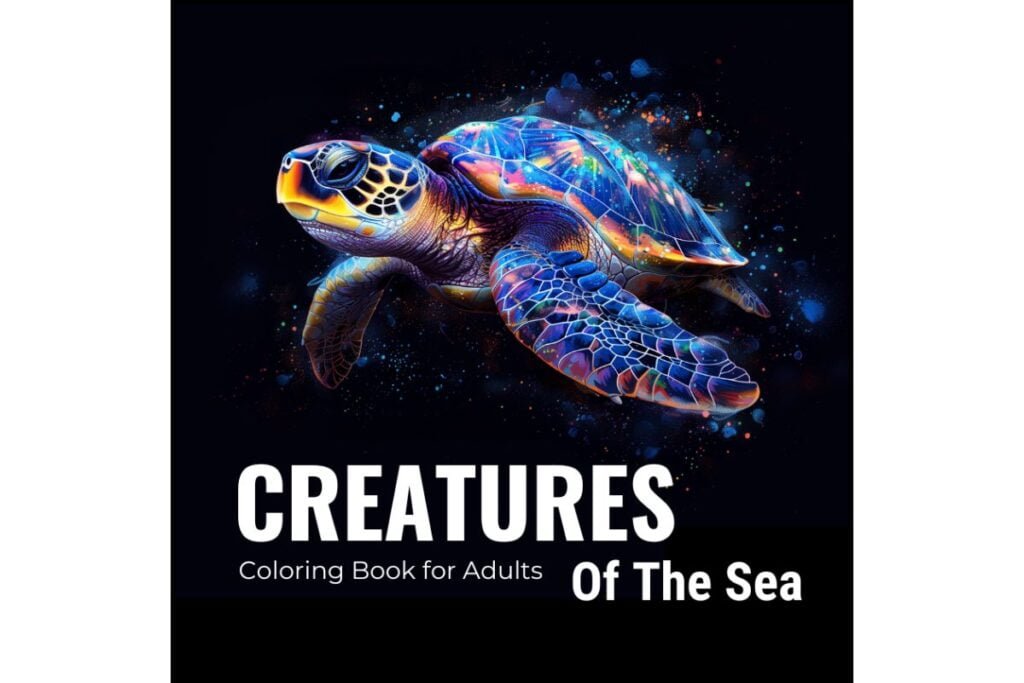The vaquita (Phocoena sinus) is a small, shy porpoise that has captured global attention as the world’s rarest marine mammal.
Found exclusively in the northern part of Mexico’s Gulf of California, the species has seen its population plummet to fewer than 10 individuals, putting it at the very edge of extinction. Its decline directly results from human activity, with gillnets posing the greatest threat to its survival.
Habitat and Unique Characteristics of the Vaquita
Vaquitas are small porpoises, reaching just five feet in length, and are easily recognized by their distinct dark eye rings and lips. These creatures prefer shallow, murky waters, which makes the Upper Gulf of California an ideal habitat. Despite their elusiveness and infrequent surface appearances, vaquitas play a vital role in their ecosystem, balancing marine biodiversity in the region.
The Greatest Threat to Vaquita Survival: Gillnets
The vaquita’s population has dropped rapidly due to bycatch—unintentional capture in fishing gear. Specifically, the use of gillnets for illegal totoaba fishing is the biggest threat. The totoaba fish, whose swim bladder is in high demand in Chinese black markets, shares the same habitat as the vaquita. These nets, designed for totoaba, entangle vaquitas as they cannot detect them, leading to their suffocation and death.
Efforts to combat illegal totoaba fishing and gillnet use have faced challenges despite a permanent ban implemented by the Mexican government. Enforcement has been difficult, and illegal fishing continues. According to recent reports, the population of vaquitas has dwindled from an estimated 600 in 1997 to fewer than 10 today.
Conservation Efforts to Save the Vaquita
Several initiatives are underway to save the vaquita from extinction. Conservation groups, including the World Wildlife Fund (WWF), have collaborated with the Mexican government and local fishermen to retrieve “ghost nets”—abandoned or lost gillnets that continue to pose a threat to vaquitas and other marine life.
One of the most notable projects is Vaquita CPR (Conservation, Protection, Recovery), an ambitious program that aims to rescue and protect the remaining vaquitas by creating a safe, gillnet-free sanctuary in the Upper Gulf of California. Although the project faces significant risks, it has been deemed necessary given the dire situation of the species. Alongside this, WWF and other organizations advocate for the development of vaquita-safe fishing methods to provide sustainable livelihoods for local communities and ensure long-term conservation.
International Cooperation: A Key to Vaquita Survival
Addressing the illegal trade of totoaba swim bladders requires international cooperation, particularly between Mexico, the United States, and China. Collective action to curtail this trade is vital to reduce the demand driving the use of deadly gillnets. Conservationists also call for increased enforcement of the gillnet ban and stronger penalties for illegal fishing operations.
In recent years, global efforts to raise awareness of the vaquita’s plight have gained momentum, but the clock is ticking. Immediate and sustained efforts are required to ensure this species survives and thrives once again.
The Urgency of Saving the Vaquita
The vaquita’s near extinction is a sobering reminder of the fragility of our planet’s biodiversity. Without immediate action, this species could disappear within a few years. Conservationists remain hopeful, but time is running out. The fight to save the vaquita is not just about protecting one species; it’s about preserving an entire ecosystem and ensuring that future generations can experience the richness of life in the Gulf of California.
*Image credit: PetMojo.com



Pingback: 15 Astonishing Facts About The Critically Endangered Vaquita - Animalko
Pingback: How The Vaquita Became The Most Endangered Marine Mammal On Earth – Animalko